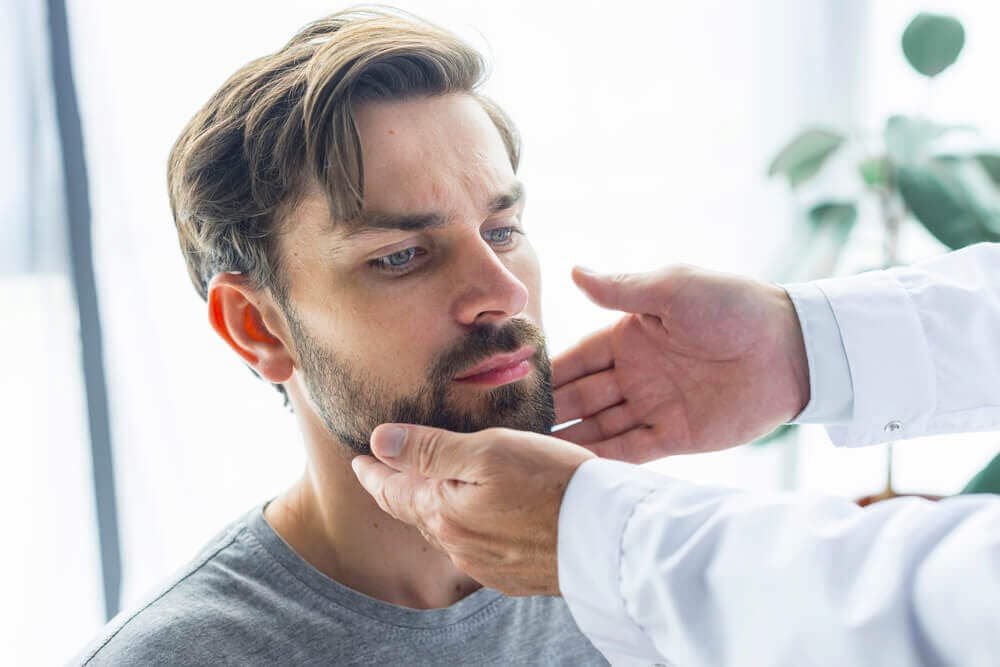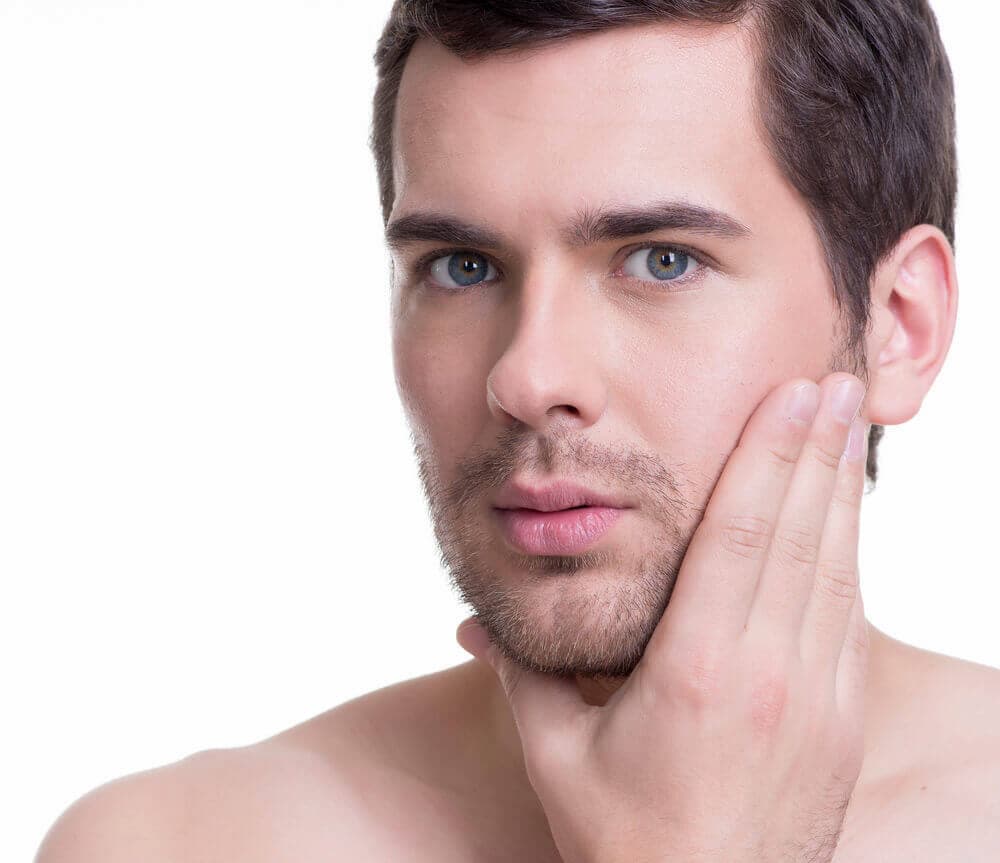Mustache Transplant
The prevalence of thick mustaches and their strong associations with wisdom, masculinity, and maturity play a significant role in the mustache transplant industry. But some men are born with thin or no facial hair.
For the purpose of promoting hair growth in the mustache area and beard formation and permanence, mustache transplant is a very intensive procedure. Therefore, the cost of a mustache transplant solely depends on the quantity of hair follicles that are implanted.




